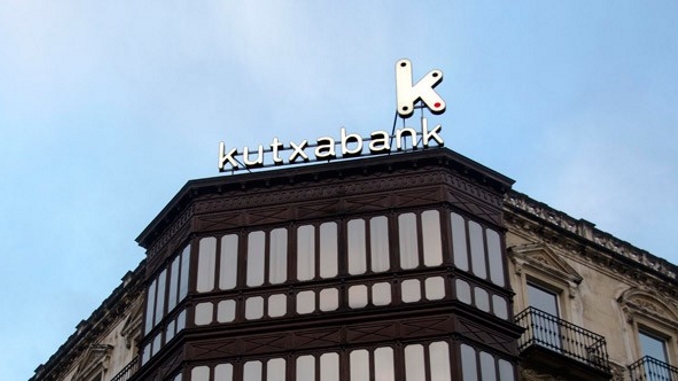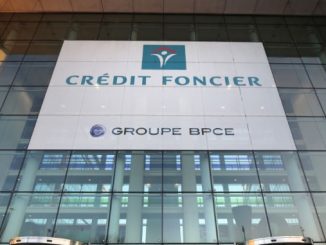
Kutxabank successfully sold a Eu1bn 10 year social cédulas hipotecarias yesterday (Monday), the first SRI covered bond from Spain, but an official at the issuer said that it had to take into account investor feedback and offer a substantial premium to ensure it could meet its goals.
Leads BBVA, Commerzbank, Crédit Agricole, HSBC and Natixis priced the Eu1bn 10 year deal at 35bp over mid-swaps, following initial price thoughts of the mid to high 30s and guidance of the 35bp area, and on the back of a final order book of Eu1.15bn.
Why did you launch a social covered bond?
 Iñigo López Tapia, head of capital markets and investor relations at Kutxabank: Recently we have seen a gradual expansion of the activity around green, social and sustainable bonds involving SRI (socially responsible investment) investors. We think that this emerging market will keep growing since many important assets managers are committed to this idea.
Iñigo López Tapia, head of capital markets and investor relations at Kutxabank: Recently we have seen a gradual expansion of the activity around green, social and sustainable bonds involving SRI (socially responsible investment) investors. We think that this emerging market will keep growing since many important assets managers are committed to this idea.
For us, it was an excellent opportunity to match our funding targets with Kutxabank’s social orientation. Kutxabank comes from the main three savings banks in the Basque Country. Now, our shareholders are those former savings banks, and dividends to them are entirely dedicated to finance activities and projects of their respective social work. This social orientation has been a part of our DNA.
How do you feel the deal went? Are you happy with the pricing and the level of demand?
López Tapia: Overall, we are satisfied with the outcome. We are working in a very challenging market environment, especially when referring to the covered bond market. The support provided by the ECB has been positive for the performance of this asset class, but at the same time it has led to a less attractive return for investors and also to a significant liquidity squeeze in the market. This makes the exercise more difficult, preventing high levels of oversubscription and making it necessary to offer a substantial premium. We were aware of all these issues so that was why we intensified contacts with investors in order to discover the meeting point for the interests of both sides. Finally, we have been able to get enough demand to launch a 10 year tenor benchmark-sized transaction.
Did the SRI aspect of this deal give any advantages over traditional cédulas hipotecarias? If so, what were they?
López Tapia: Above all, the main benefit is the possibility to add investors taking the environmental, social and governance (ESG) aspects into consideration in their investment decisions. This helps you increase and diversify the investor base, attracting new accounts and involving the usual ones with specialised portfolios dedicated to this goal. However, as this is still a developing market, it is early to see an impact in terms of pricing.
What are your plans for future social covered bond issuance?
López Tapia: Although we have been pioneer in the Spanish banking sector, we are “beginners” in this market. We have to learn a lot from the important institutions that are working hard to develop and introduce these aspects in the capital markets. We have the willingness to continuing the improvement of our Corporate Social Responsibility standards, and that will give us the chance for future projects like this one.
Do you expect a social covered bond market to develop in Spain, with other issuers following your lead?
López Tapia: Yes, why not? By now, we have only seen a few examples in the Spanish corporate sector and only one in the social bond market – ICO recently launched a short tenor social bond. It is foreseeable that we see other banks betting on this new market. Maybe not necessarily involving a social covered bond; it might be a green bond focused on environmental issues. It would be positive for the sector and this would mean that we have chosen the right path.



